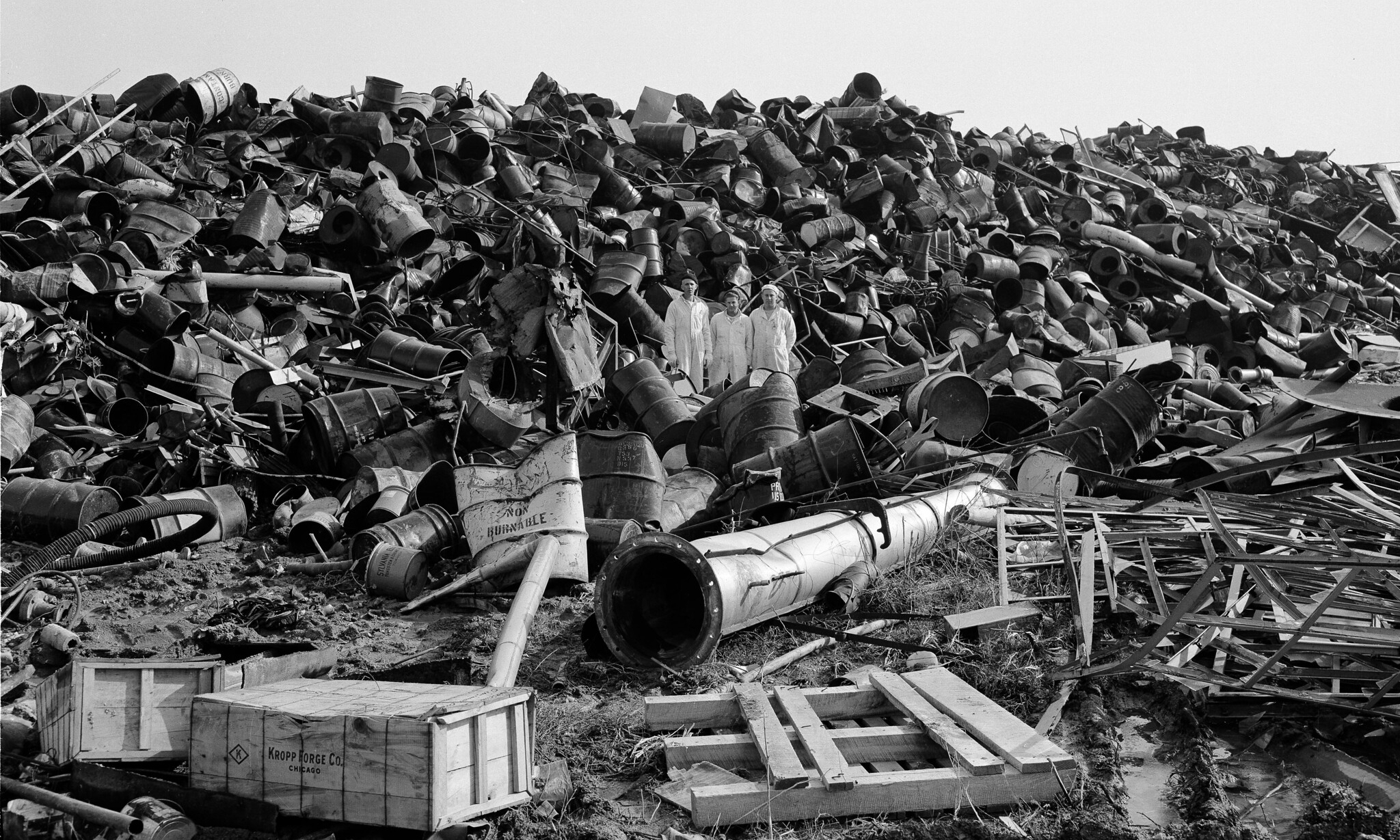The virtual seminar will be held from 12:30 to 2:00 p.m. (E.T.)
Starting in 1951, the Feed Materials Production Center located near Fernald, Ohio, processed and refined uranium and manufactured fuel and targets for the plutonium production reactors in the US nuclear weapons program, handling a total of about 400 million pounds of uranium metal until it was shut down in 1989. After decades of secretive operations, including dumping radioactive waste in streams and rivers, revelations about a uranium leak in 1984 launched a local grassroots environmental movement against the plant and its nuclear weapons production mission. This talk will explore how this locally focused, nationally connected, and multi-class movement aimed at protecting weapons production workers and communities forced the Department of Energy to clean up Fernald’s backyard because of environmental health and safety, demonstrating the often neglected influence of environmental activism on the nuclear weapons complex and the natural landscape around weapon production sites.
About the speaker: Casey Huegel teaches environmental activism at the University of Cincinnati, where in 2022 he completed his PhD in history. His thesis explored the struggles of the Fernald Residents for Environmental Safety and Health (FRESH) group and the role grassroots environmental activism has played in contesting the nuclear arms race in the rural Midwest. His publications include the essay A FRESH Perspective on the Bomb for the US Agricultural History Society.
